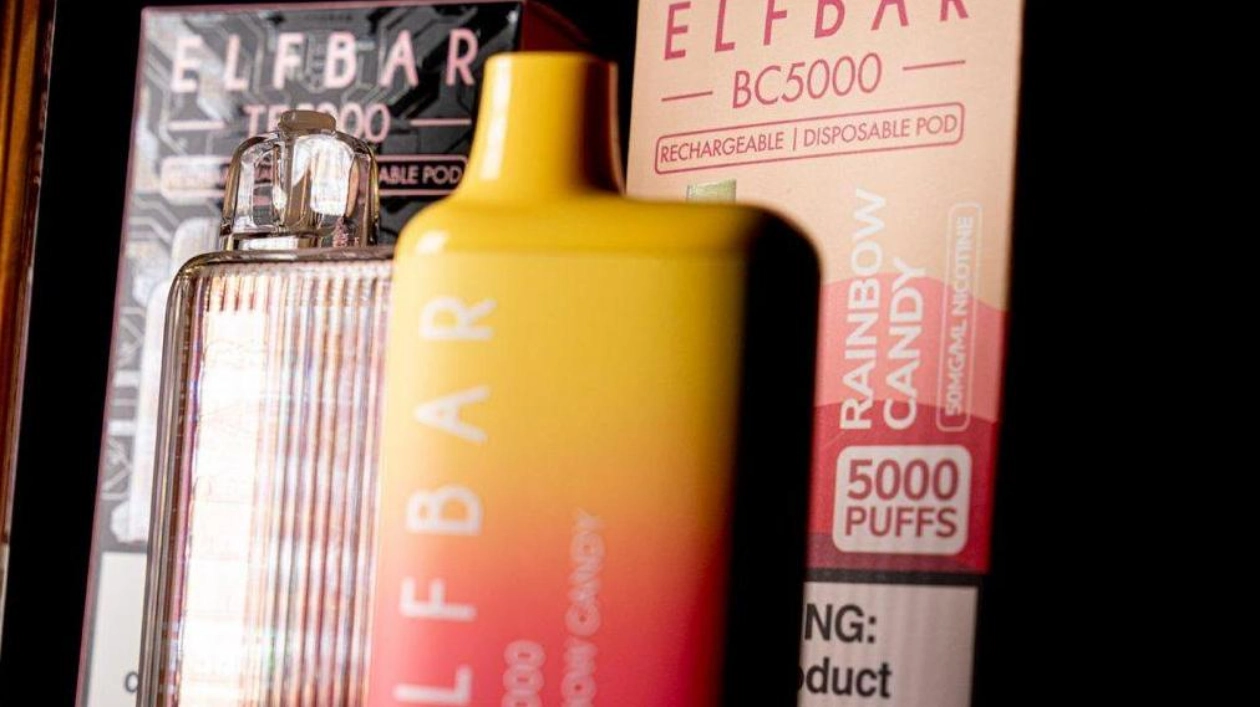In October, there was some encouraging news regarding young people and tobacco products: U.S. teens and tweens are using these products less than they have in the past 25 years (SN: 10/25/24). However, the 2024 National Youth Tobacco Survey, which gathered data from January to May, revealed that over 2 million high school and middle school students still reported using vapes, cigarettes, nicotine pouches, or other tobacco products at least once in the past 30 days.
E-cigarettes remain the most popular tobacco product among youth, a trend that has persisted since 2014. Manufacturers have aggressively marketed these devices to young people with flavors like candy and fruit, attracting adolescents who were not interested in traditional cigarettes (SN: 12/19/18). The latest e-cigarettes are sleek, colorful, and more effective at delivering nicotine doses comparable to regular cigarettes.
The 2024 survey showed a decline in vaping among high school students compared to 2023. Among the 1.6 million middle and high school students currently using e-cigarettes, 38 percent reported frequent use, and 26 percent reported daily use, which could indicate nicotine addiction.
Pediatric hospitalist Rachel Boykan of Stony Brook Children’s Hospital in New York, who has long worked to reduce adolescent tobacco exposure, called the overall decrease in tobacco use by teens and tweens “very good.” However, she emphasized, “It doesn’t mean our work is over.”
Boykan discussed the factors contributing to the decrease in tobacco use and newer products causing concern, including vaping devices with video games. She noted that over 90 percent of tobacco users start before age 21, making adolescent tobacco use particularly risky. This has led to the implementation of Tobacco 21 laws, which have helped reduce access.
The internet has become a major marketplace for e-cigarettes, making it challenging to restrict sales. For instance, sellers use TikTok to promote devices without verifying age, often hiding the product in other shipments. Another strategy that has helped reduce youth tobacco use is the U.S. Food and Drug Administration’s prevention campaign, The Real Cost.
Reports of serious lung injuries and deaths related to vaping, first identified in 2019, also drew attention (SN: 12/16/19). Boykan believes the EVALI outbreak helped curb the initial vaping craze. Cases peaked in September 2019, with nearly 2,700 hospitalizations reported by mid-January 2020.
Nicotine pouches are now the second most popular tobacco product among teens and tweens, used by about 480,000 middle and high school students in 2024. These pouches, which contain dissolvable nicotine powder and flavors, are placed between the lips or cheeks and the gums. Zyn is the most popular brand among current users.
The number of teens and tweens using nicotine pouches remained steady from 2023 to 2024, which Boykan finds worrisome. Sales in the United States have surged, from 126 million pouches in late 2019 to 808 million in early 2022.
The latest products appearing online and in vape shops are e-cigarettes that resemble gaming devices or smartphones. These new devices combine gaming and vaping, which Boykan finds particularly alarming. On October 30, the FDA issued warning letters to nine online retailers and a manufacturer for selling these unauthorized devices.
Boykan emphasizes the significant risk to the adolescent brain from nicotine, which can impair development and affect thinking and focus. She advises parents to understand the addictive nature of nicotine and provide support to their children if they become hooked.
Source link: https://www.sciencenews.org






